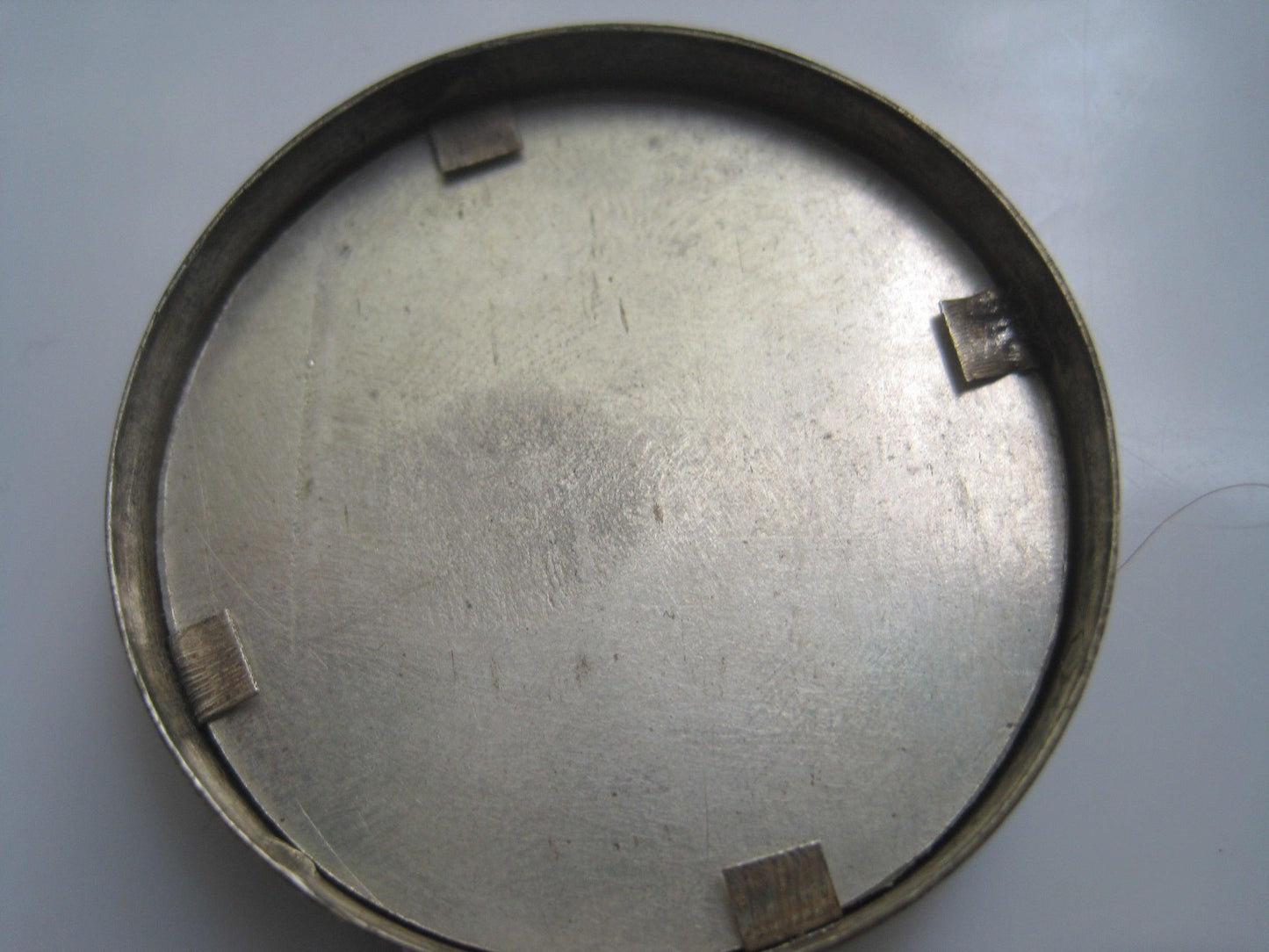Anteeka
Antique Miniature Portrait of Mughal Emperor Akbar Hand Painted top of Silver Pill Box
Antique Miniature Portrait of Mughal Emperor Akbar Hand Painted top of Silver Pill Box
Couldn't load pickup availability
This is a rare item : an antique painting from the mid to late 19th century executed in watercolors, covered in glass and set as the top of a handmade silver box. The miniature portrait is of the Mughal Emperor Abu'l-Fath Jalal-ud-din Muhammad Akbar (1542 - 1605), third Mughal emperor to rule India. The painting is incredibly detailed. All the features and finery of the emperor are clear. I am not sure that the silver box is of the same age as the painting. Perhaps it was fitted to the painting later, but it does test as silver and both the painting and box are in good condition.
This style of miniature painting was favored by the British colonialists and was most likely done in Delhi where several miniature painters worked in the mid to late nineteenth century. The technique was described in M and W.G. Archer, Indian Painting for the British 1770-1880, London, 1955. An outline is traced on transparent talc: "this tracing is then retraced in the reverse side of the talc with transfer ink and transferred to a thin sheet of ivory, the features, etc., are then touched up and finally shaded and coloured. ... As the whole work is done with water-colour any part can be washed out and redone."
- The box is 3.3 cm (1 1/4") across.
- The height is 1.5 cm (5/8").
- Weight 18.2 grams.
Here is some information about Emperor Akbar. According to Wikipedia "Abu'l-Fath Jalal-ud-din Muhammad Akbar, popularly known as Akbar I, was the third Mughal emperor, who reigned from 1556 to 1605. Akbar succeeded his father, Humayun, under a regent, Bairam Khan, who helped the young emperor expand and consolidate Mughal domains in India. A strong personality and a successful general, Akbar gradually enlarged the Mughal Empire to include nearly all of the Indian Subcontinent north of the Godavari river...
Akbar himself was a patron of art and culture. He was fond of literature, and created a library of over 24,000 volumes written in Sanskrit, Urdu, Persian, Greek, Latin, Arabic and Kashmiri, staffed by many scholars, translators, artists, calligraphers, scribes, bookbinders and readers. Akbar also established the library of Fatehpur Sikri exclusively for women, and he decreed that schools for the education of both Muslims and Hindus should be established throughout the realm."
Share


















